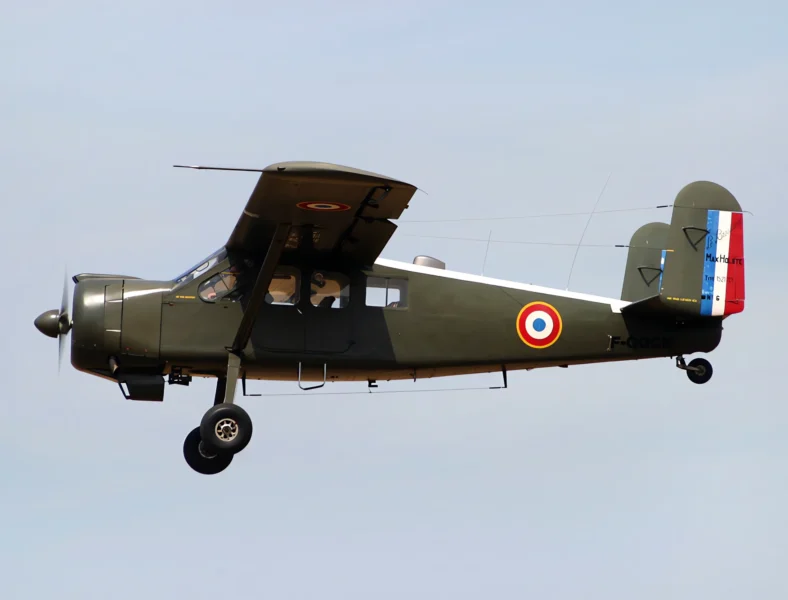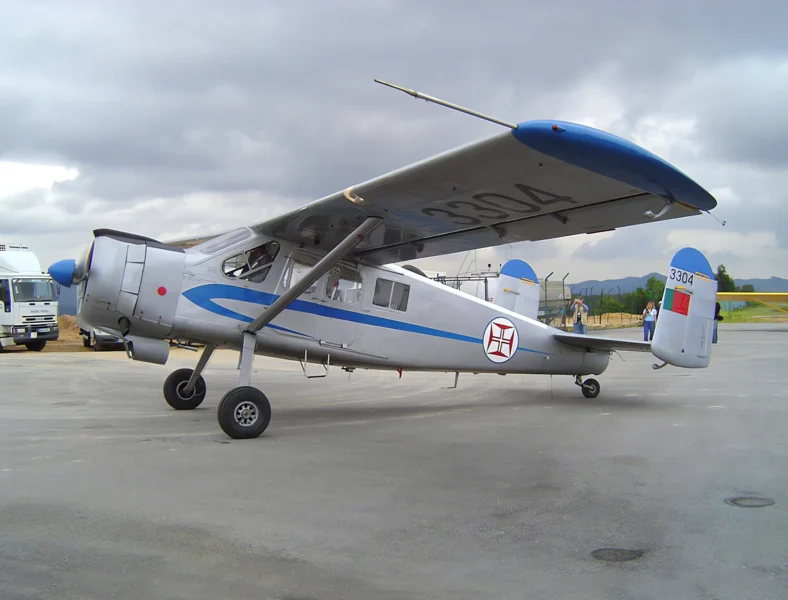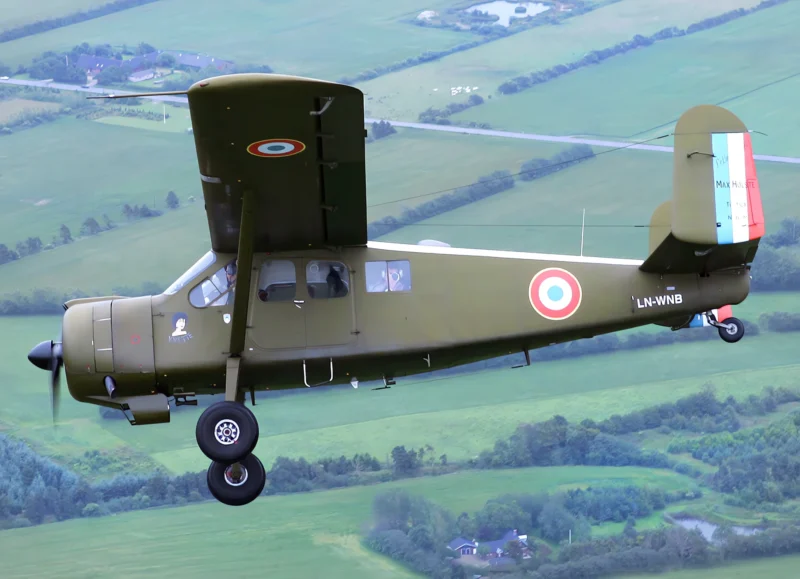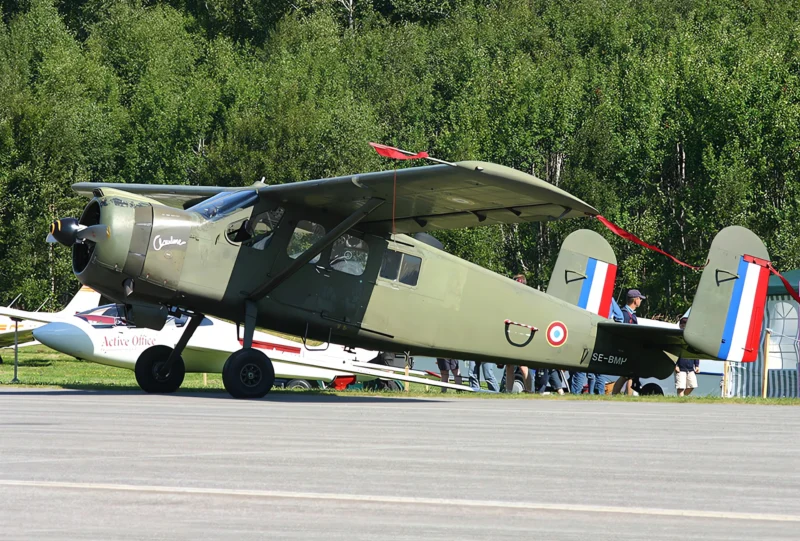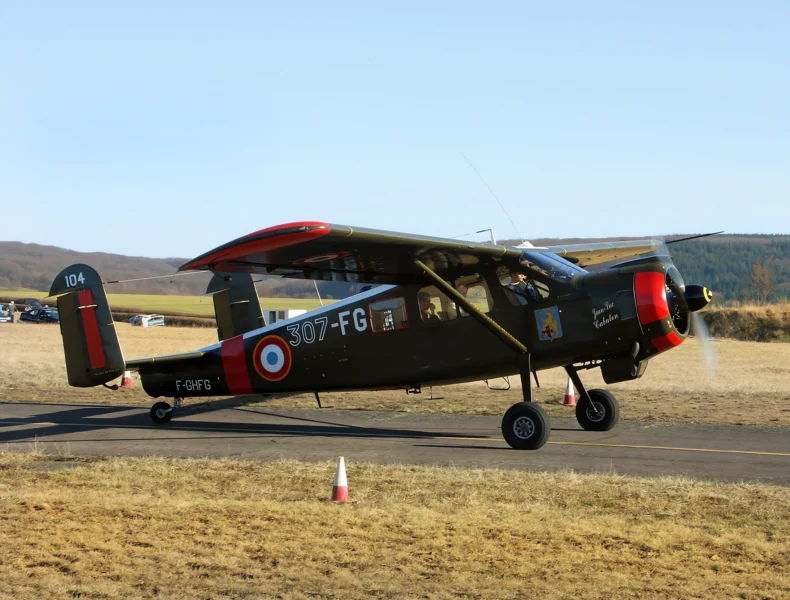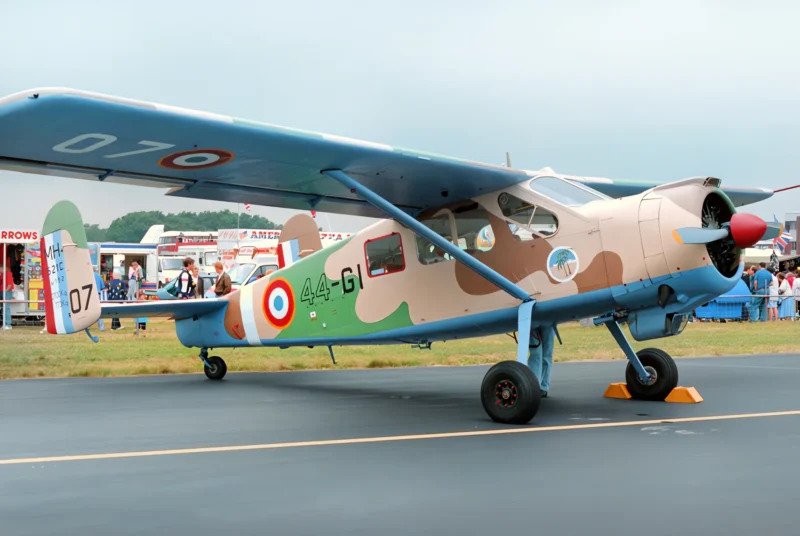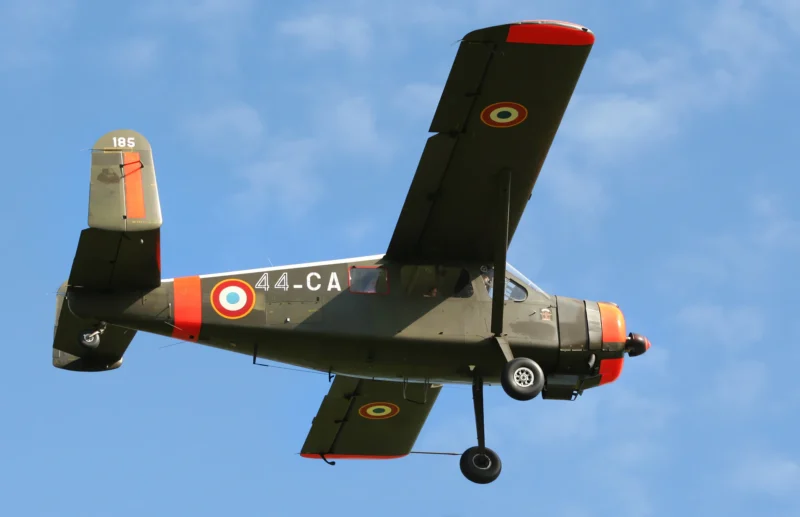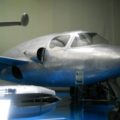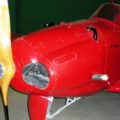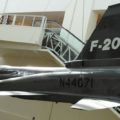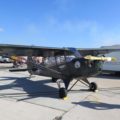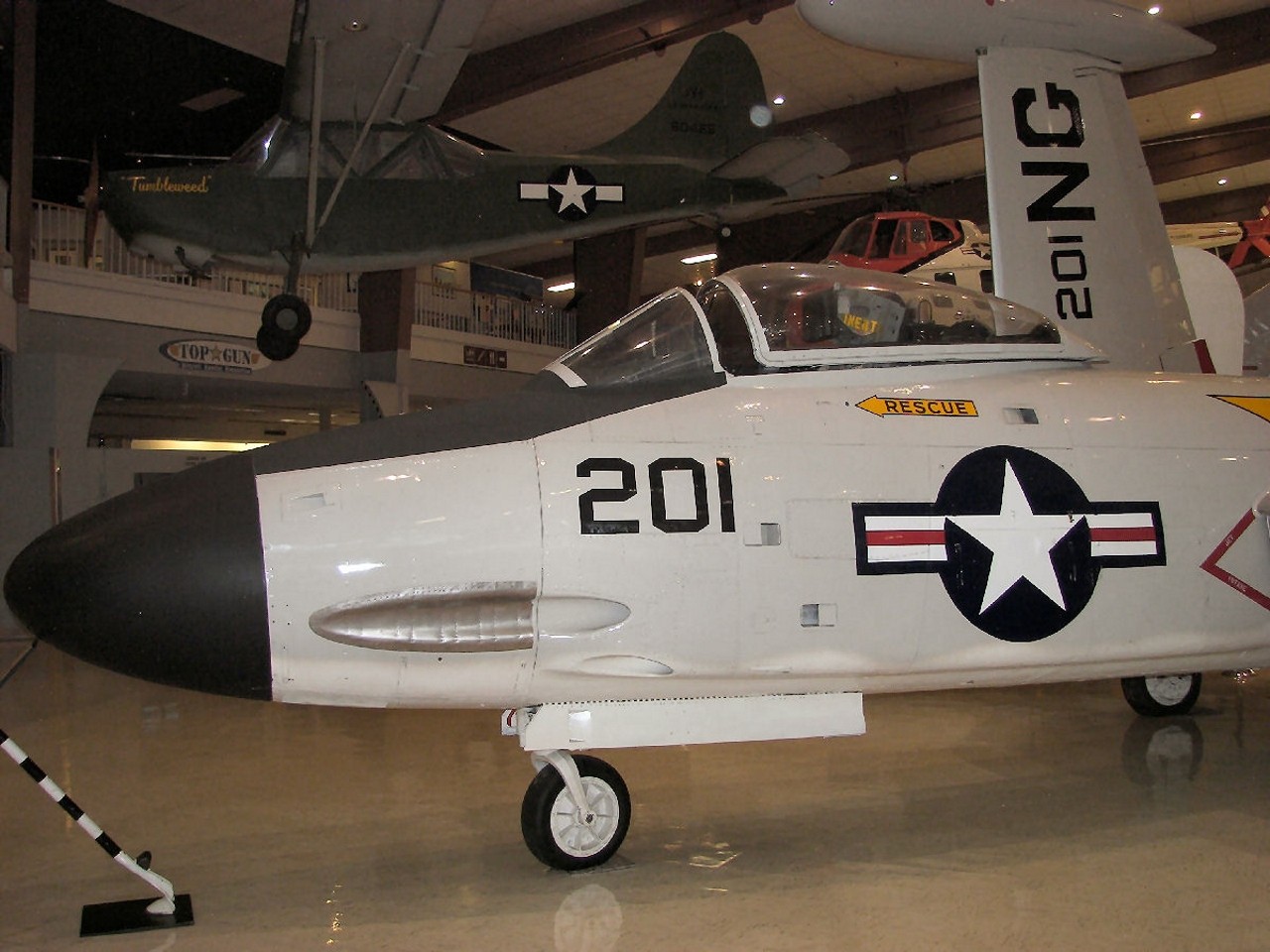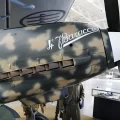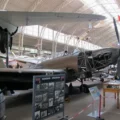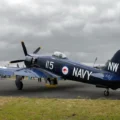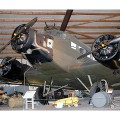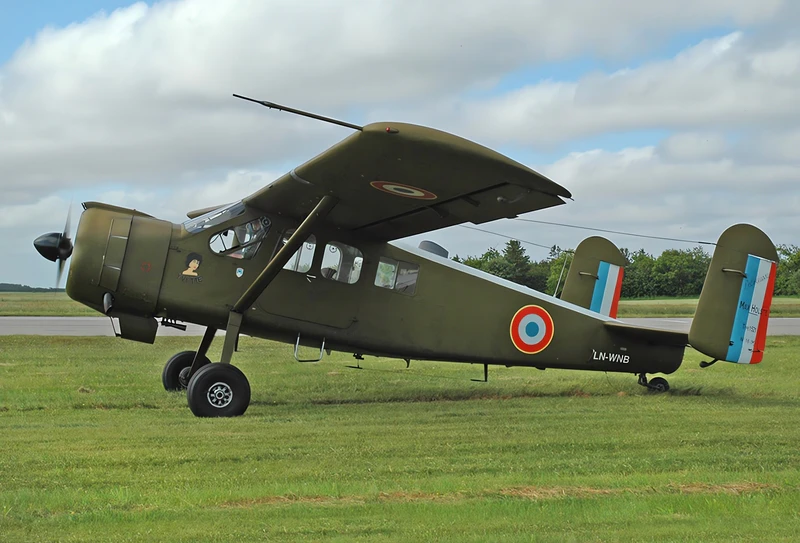
Max Holste MH.1521 Broussard | |
|---|---|
| Land | Frankrig |
| Rolle | Seks-sæders utility monoplan |
| Første flyve | 1952 |
| Bygget | 396 |
Den Max Holste MH.1521 Broussard is a 1950s French six-seat utility monoplane designed by Max Holste to meet a French Army requirement. Following the end of the Second World War, Avions Max Holste designed and built a new two-seat trainer and tourer aircraft, the Max Holste MH.52, of which only small numbers were built. Holste then responded to a French Army requirement for an artillery spotter aircraft for a lightweight liaison and observation aircraft.
| Max Holste MH-1521 Broussard | |
|---|---|
| Fotografer | Unknow |
| Lokalisering | Unknow |
| Billeder | 100 |
Se også:
General Characteristics (MH.1521)
The Max Holste MH.1521 Broussard (French for “Bushman,” due to its bush pilot capabilities) is a French six-seat utility monoplane. It was designed to meet a French Army requirement for a lightweight liaison and observation aircraft, similar in role and capability to the American de Havilland Canada DHC-2 Beaver, earning it the nickname “the French Beaver.” It is known for its rugged construction and excellent Short Take-Off and Landing (STOL) characteristics.
| Property | Typical Value (MH.1521) |
|---|---|
| Rolle | Light Liaison / Utility / Artillery Spotter |
| Producent | Avions Max Holste (France) |
| First Flight | November 17, 1952 |
| Besætning | 1 or 2 pilots |
| Capacity (Passengers) | 5 passengers (6 total occupants) or 2 stretchers plus 2 sitting casualties |
| Vingefang | 13.75 m (45 ft 1 in) |
| Længde | 8.65 m (28 ft 5 in) |
| Max Takeoff Weight | 2,700 kg (5,952 lb) |
Design and Powerplant
- Engine: One Pratt & Whitney R-985-AN-1 Wasp Junior 9-cylinder air-cooled radial piston engine.
- Power Output: 336 kW (450 hp). This engine was chosen after the initial prototype (MH.152) was deemed underpowered.
- Propeller: Two-bladed Hamilton Standard constant-speed airscrew.
- Design Features: High-wing braced monoplane configuration for excellent ground visibility; fixed tailwheel (taildragger) landing gear for robustness on unimproved strips; distinctive twin vertical tail surfaces to ensure rudder control at low speeds and high angles of attack.
- Key Capability: Excellent STOL performance, with a reported take-off run as low as 155 m (510 ft) and a landing run of 80 m (262 ft) at sea level, making it ideal for colonial operations.
Performance and Armament
- Maximum Speed: Up to 270 km/h (168 mph, 146 knots).
- Cruise Speed: Approximately 230 km/h (143 mph, 124 knots).
- Service Ceiling: 5,500 m (18,045 ft).
- Range: Approximately 1,200 km (745 mi, 650 nmi) with standard commercial load.
- Armament (Military M variant): The Broussard was used in combat during the Algerian War, equipped with:
- Machine Guns: One light machine gun in a side port.
- Ordnance: One grenade-dropping launcher and four underwing hardpoints for light bombs or rockets (although its primary role was observation and liaison).
Set antal gange : 770
